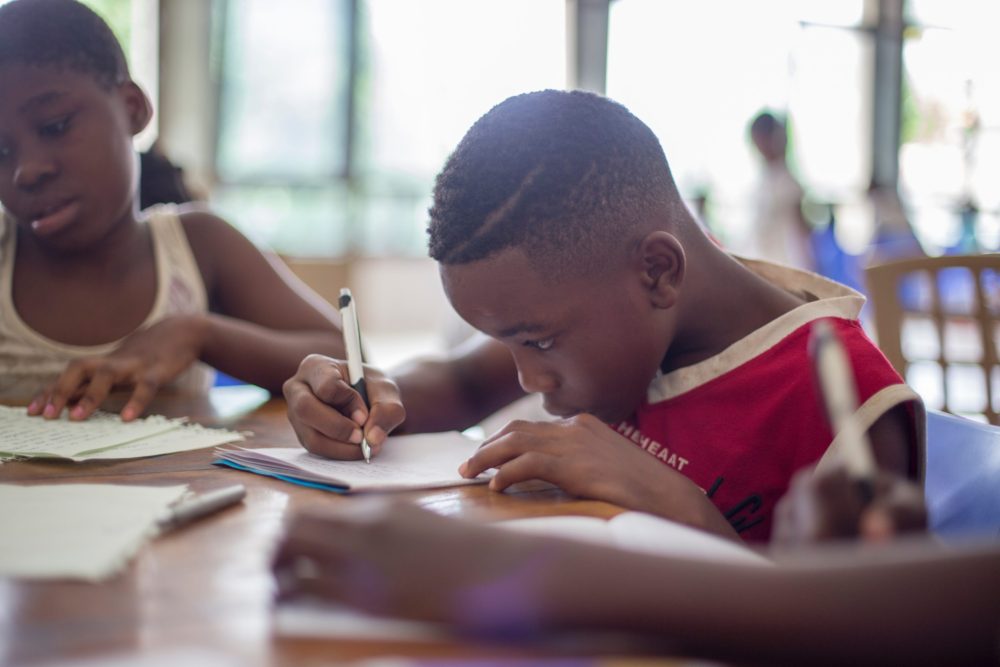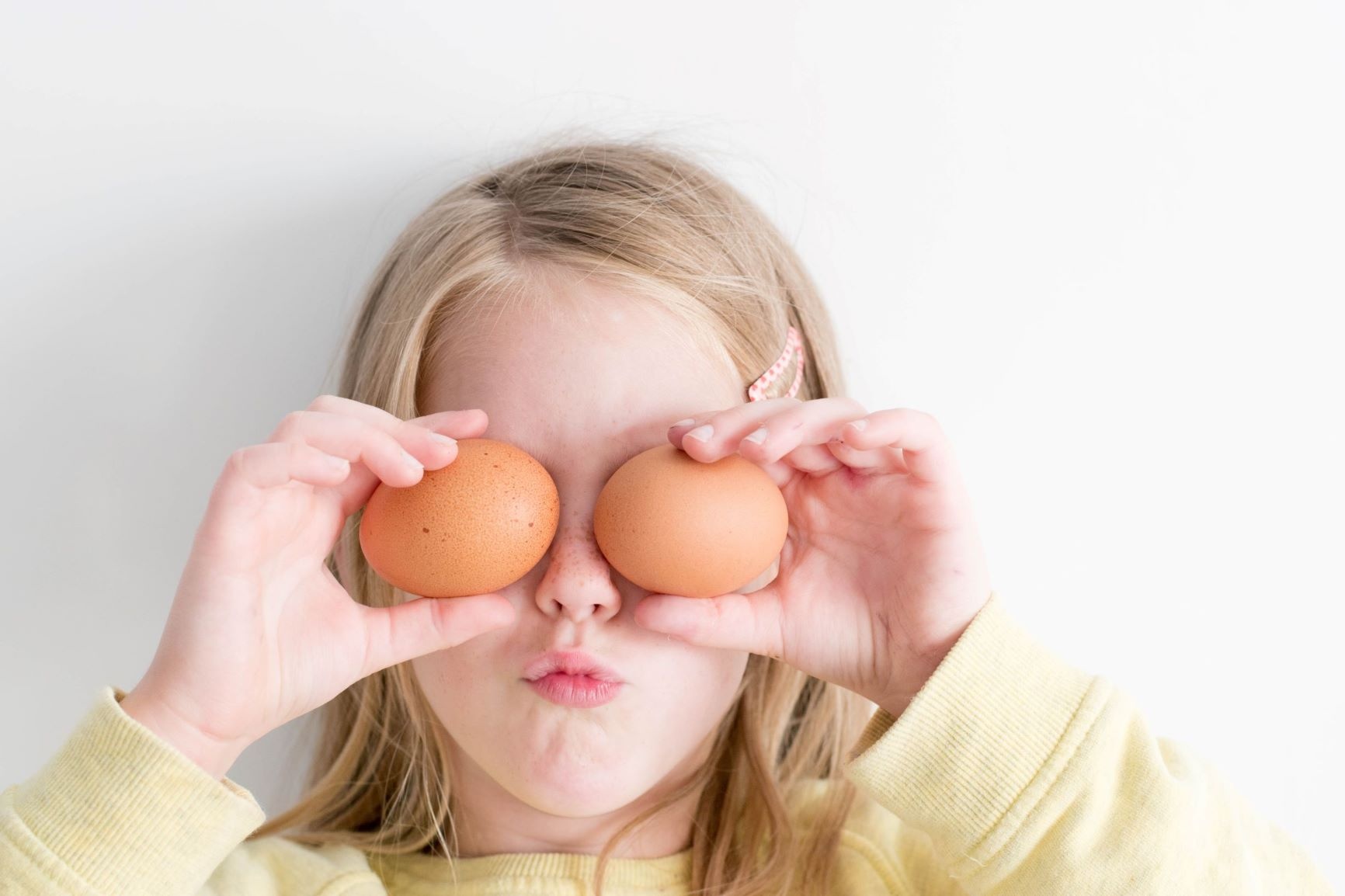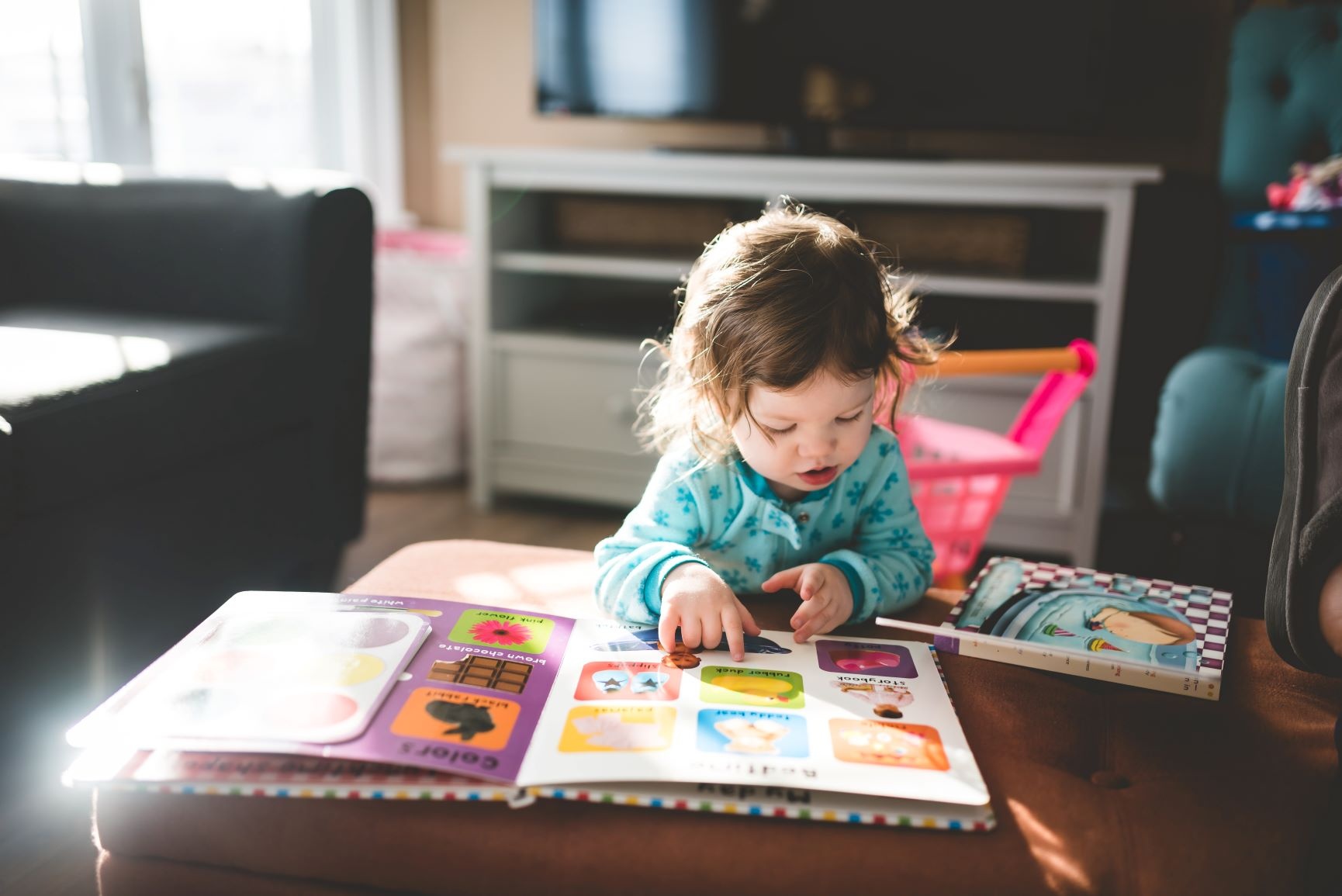Ages 6-12 CARE’s Soothing Place

Welcome to the CARE’s Soothing Place for children ages 6-12. We hope you enjoy your time here as we provide you with resources to help with mindfulness, wellness, and coping skills for your child. Click any of the drop-down links below to learn more!
Mindfullness
“The simple practice of bringing a gentle, accepting attitude to the present moment” -David Gelles
“Paying full attention to something. It means slowing down to really notice what you’re doing. Being mindful is the opposite of rushing or multitasking. When you’re mindful, you’re taking your time. You’re focusing in a relaxed, easy way” – KidsHealth.org
Helpful Apps
Mindfulness Family App:
- Provides mindfulness meditations for kids, different sleep meditations, various sounds of nature. (APP only: free/Premium-$4.99/iTunes-$9.99).
Headspace for Kids:
- Enjoy fun, engaging activities that teach kids the basics of mindfulness. They’ll practice breathing exercises, visualizations, and even try some focus-based meditation. Available on Apple and Google Play (free trial period, then 12.99 per month) also on a website https://www.headspace.com/meditation/kids
Sleep Meditation for Kids:
- Children’s bedtime meditation.
- Free on Apple.
Apps for Anxiety and Stress:
- Breathe, Think, Do Sesame (Apple and Android)
- Free app.
- This is a resource app for you to share with your child to help teach skills such as problem-solving, self-control, planning, and task persistence.
- Calm (Apple and Android)
- Free trial and then $70 for the year.
- Calm is the #1 app for sleep, meditation, and relaxation. This app can help with experiencing better sleep, lower stress, and less anxiety with guided meditations, sleep stories, breathing programs, stretching exercises, and relaxing music.
- DreamyKid (Apple)
- Free app.
- In just minutes every day, help your kids live healthier and happier lives with DreamyKid Meditation for Kids.
- Headspace: Guided Meditation and Mindfulness (Apple and Android)
- Free trial and then $12.99/month.
- Get happy. Stressless. Sleep soundly. Headspace is your guide to mindfulness for your everyday life. Learn meditation and mindfulness skills from world-class experts like Headspace co-founder Andy Puddicombe, and choose from hundreds of guided meditations on everything from managing stress and anxiety to sleep, focus, and mind-body health.
- Kids Yoga Deck (Apple)
- Cost is $1.99
- Children will love to move their bodies as they flip through their very own yoga deck. With clear pictures and step-by-step instructions, these yoga poses are fun, child-friendly, and great for everybody!
- Stop, Breathe, and Think Kids (Apple and Android)
- $10/month or $60 for the year.
- MyLife (formerly known as Stop, Breathe & Think) is an award-winning meditation and mindfulness app that helps you find your quiet place. It allows you to check-in with how you’re feeling and recommends short guided meditations and mindfulness activities, tuned to your emotions.
- Breathing Bubbles (Apple)
- $0.99 for the download
- Have problems relaxing or meditating? Not able to focus on your work? Try Bubble, your personal breathing companion.
Take a break and breathe with the audio and visual breathing coach. Inhale and Exhale using audio commands, and choose your breathing preferences the way you like.
- Smiling Mind (Apple and Android)
- The app is free.
- Their programs are designed to assist people in dealing with the pressure, stress, and challenges of daily life.
- Positive Penguins (Apple)
- The app is $0.99.
- Positive Penguins app is a resilience-building app for all children. The app has a simple 5-minute guided meditation for children to learn to sit, relax, and let go of the thoughts as they come into their heads.
- Calm Counter (Apple)
- $2.99
- Calm Counter is a visual and audio tool to help people calm down when they are angry or anxious. The app includes a social story about anger and audio/visual tools for calming down.
- Emotionary (Apple and Android)
- Free
- This truly unique dictionary is a world first. Emotionary guides users through five primary emotions to find the right category of feeling, with all definitions pared back to the essentials and displayed so they can be easily compared. It’s the ideal way to develop a rich vocabulary of emotions – the essential building block for emotional intelligence.
- Chill Outz (Apple)
- $4.99
- Time to move to Chill Outz®! Developed by pioneering child psychologist Jacqueline Vorpahl (a.k.a. Dr V.). Chill Outz® is a collection of fun animated stories teaching children proven techniques to stay mindful & relaxed anywhere, anytime.
- Super Stretch Yoga
- Free
- Move, play, and breathe as Super Stretch introduces you to his friends and their yoga poses. Super Stretch is your guide who takes you on your journey.
- Relax Melodies (Apple and Android)
- Free
- Having trouble unwinding & falling asleep? This app will help you to sleep to your own beat with Relax Melodies.
- Gro Garden (Apple and Android)
- The app is $2.99.
Peace Out Guided Relaxation for Kids
Progressive Muscle Relaxation for Kids
Guided Imagery
Guided Imagery
Activities and Games
Activities and games help kids practice mindfulness. All of the activities and games down below encourage and teach children how to practice mindfulness in a fun and engaging way.
Games:
- Blindfolded Taste Tests: Do this with a variety of foods: vegetables, fruit, and dried fruit. Investigate one food item, such as a raisin, or a cranberry, using all the senses, (sight, hearing, touch, smell, taste), as if you have never experienced it before. Kids learn focus skills, patience, and paying attention to details.
- Playing with Balloons: This looks like a slow-motion movie to watch. Play with just one balloon per child and pop them gently into the air with your hands, trying to keep them afloat. This is a good way of slowing down more active kids who still might need a little more movement to keep them engaged in mindful games.
- What’s in the Bag?: This is a great way to get your imagination going. Gather objects of different sizes and textures, put them in a bag, and have your friends and family try to guess what’s in the bag! Kids learn focus, patience, and creativity.
- Jenga: Have your parents buy the Jenga board game and try to remove one block at a time without making the tower fall. Kids will learn the motor, social, emotional regulation, and focus skills.
Toys:
- Kites – help with relaxation, focus, clearing of the mind.
- Stuffed Animals – help build security, keeps them grounded, helps them focus in the present time.
- Cards – help with relaxation, fidget option, focus centered.
- Puzzles – build patience, keep grounded, focused in the present time.
Activities:
- Explore gratitude by going back and forth with your family or friends (for as long as you can!) to name as many things possible that you are grateful for.
- Listen to some music and see how many different instruments you can each hear.
- Practice kind thoughts by prompting your child to think of 5 people they’d like to send kind wishes to.
Music
Music can have a profound effect on both the emotions and the body. Faster music can make you feel more alert and concentrate better. A slower tempo can quiet your mind and relax your muscles, making you feel soothed while releasing the stress of the day.
Classical Disney
Classical Music for Kids
Relaxing Positivity Music
Scents
Scents are a good alternative for changing someone’s mood. Certain scents can get someone to get energized, relax, and help with anxiety.
Wellness
Gardening
Caring for your garden can be a great form of mindfulness meditation. By connecting with the earth and with the practice of gardening, you can cultivate a healthy mind and feel calm and connected.
Local Gardens to Visit:
Nutrition
Practicing healthy eating habits from a young age creates overall wellness for a growing child. Having the proper nutrients for growth and brain development is an important part of wellness.
- Recipes for kids
- Picky eaters
- Picky eaterspart 2.
- Arizona P-EBT Pandemic School Meal Replacement Benefits provides assistance to households with children who are eligible for free or reduced-price school meals, while schools are out of session due to the COVID-19 pandemic link.
- Week 1: Add more veggies and fruit, go for all types to get the most nutrients. Dark greens (broccoli, spinach), red and orange (sweet potatoes, carrots)
- Week 2: Bring on the Whole Grains! (Brown rice, rolled oats, whole wheat pasta)
- Week 3: Cut back on salt (sodium) and sugar, look for labels like no sodium or not salted when shopping
- Week 4: Bring it all together for a successful healthy eating pattern! No food is forbidden- the key is to add more of the foods that are nourishing for your body and less of the foods that aren’t.
Nutrition Tips:
A great way to get youth to drink more water is by adding flavor drops to mimic fruit juices.
- Sweetleaf: water flavor enhancers
- Mio: flavored water enhancer
- Monk Drops – 100% Monkfruit Liquid Sweetener
Study reveals a link between certain diets and their impact on mental health. Poor diets, researchers say, play a role in worsening mood disorders, such as anxiety and depression. However, diets rich in vegetables and olive oil, such as the Mediterranean diet, can improve symptoms of depression and anxiety.
https://neurosciencenews.com/diet-mental-health-15384/
Foods that can help with moods and health:
- Leafy greens.
- Walnuts.
- Wholegrains.
- Yogurt.
- Berries (Strawberries, blueberries, raspberries, and blackberries)
- Fish (fish oil, omega 3’s)
Exercise
When children exercise, they help fight diseases, they can improve their behavior, develop healthy habits, and helps them reach better sleep. All these encompass overall wellness.
Coping Skills
Breathing Techniques
Learning different breathing techniques at a young age will help equip your child with coping skills in times of need. Try some of these breathing techniques with your child!
Relaxing:
Other cool breathing techniques:
Journaling
These can be used for all ages but can be drawn for younger ages.
- What makes you happy?
- What makes you sad?
- What is something good that happened today?
- What is something that you feel could have gone differently today?
- What do you hope for in the future?
- What do you get excited to do?
- What do you do when you are upset?
Movement
Movement can help calm strong feelings whether it is anger, anxiety, or whatever it may be. All these forms of movement can help the youth of all ages cope with their feelings and problems.
- Go Noodle: GoNoodle engages kids every month with movement and mindfulness videos created by child development experts. Available for free at school, home, and everywhere kids are!
- Yoga: Yoga is a way to exercise our bodies, our breath, and our minds all at the same time. There are many different types of yoga and it’s important to find one that you enjoy and fits your lifestyle.
- Stretching: Stretching, as it relates to physical health and fitness, is the process of placing particular parts of the body into a position that will lengthen, or elongate, the muscles and associated soft tissues.
- Mindful posing: This exercise is a great way to help your child strengthen her mind-body connection.
- Walking: walking is fun and interesting – you get to notice things along the way and meet people in your neighborhood; It’s sociable – children love walking with their friends, especially on the journey to school; It makes them feel good – the exercise makes them feel calmer and happier and it improves their concentration, making it easier to focus in school; It promotes independence and freedom – children can make more decisions about their journey than they can in the car. They can choose to stop and look at something along the way and they can start to make decisions about road safety. For older children, walking independently offers some time to themselves.
- Exercise: This can be fun for kids, it strengthens the heart, It helps keep arteries and veins clear, It strengthens the lungs, It controls weight and so much more.
- Going to a park: This offers youth the opportunity to get out of the house and explore a new place, they could meet new friends and experience new sensations of being outdoors. It helps kids curiosity and keeps them active.
Color
Colors have been shown to bring positive moods to many people. Some colors that have this effect are blue, violet, pink, green, gray, tan, white, and yellow. Below are some activities that they can do and use some of these colors to help them feel calm and de-escalate from a stressful situation.
- Having colorful project ideas for kids to do, helps them stay busy, increase creativity, and stay present in the moment. Check out this website for some ideas: https://www.projectswithkids.com/painting-ideas-for-kids
- Check out some Color Theory Projects! Learn ways to mix colors in order to create different textures and pictures. https://www.pinterest.com/sarahlouise424/kids-color-theory-projects/
Hobbies
Having a hobby is a great coping skill to unwind from your daily routine – whether it’s learning a new skill, doing something outdoors, reading, or doing something musical or artistic. Spending time on an activity that you enjoy can improve your mental health and wellbeing.

Rest
A good night’s rest contributes to a child’s physical and mental growth, aids in learning and retention, and keeps them active and cheerful.
Reading

- Ultimate Mindfulness Activity Book: 150 Playful Mindfulness Activities for Kids
- Mindfulness for Kids: 50 Fun Activities to Stay Calm, Happy, and In Control –
- Breathe Like a Bear: 30 Mindful Moments for Kids to Feel Calm and Focused Anytime, Anywhere
- I Am Peace: A Book of Mindfulness –
- Sitting Still Like a Frog: Mindfulness Exercises for Kids (and Their Parents)
- Audio books, browse by age, or by style: https://www.
freechildrenstories.com/ - Audio books for kindergarten and Pre-K: https://www.starfall.com/h/
- Check out this website for more Audio books
- Maricopa County Libraries: https://mcldaz.org/
- Goodyear Library: https://mcldaz.org/locations/
goodyear/ - Avondale Library: https://www.avondalelibrary.
org/
*All Maricopa County libraries do curb side pick up
Feeling Anxious?
Anxiety means feeling worried, nervous or fearful. We all experience anxiety at times and some anxiety can be helpful. For example, feeling some anxiety before a test, or public-speaking can help motivate you to prepare for it.
Below are some books stories and activities that can help you when you feel a little anxious!
Activities
Here are some additional activities to try from what you learned throughout this room.
